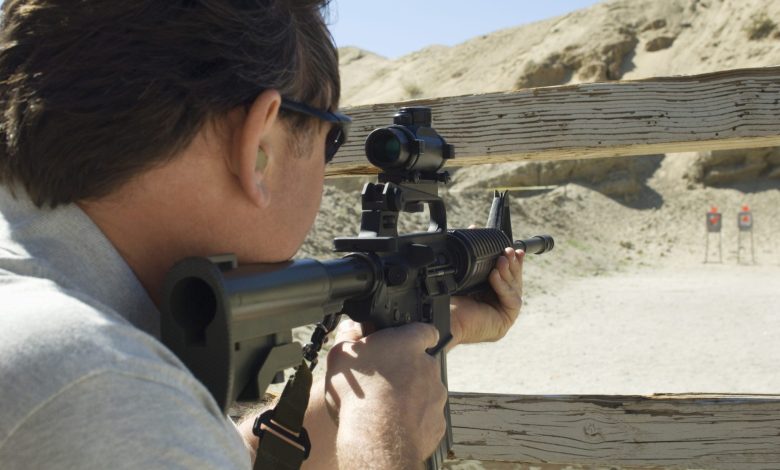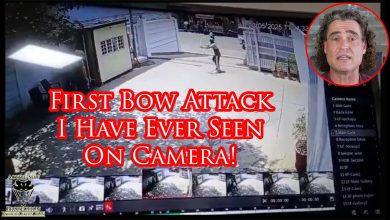How to Improve Your Long-Range Shooting Skills

Long-range shooting is both an art and a science, requiring precision, patience, and dedication. Whether you’re a hunter, a competitive shooter, or someone looking to sharpen their skills, mastering the techniques can build your confidence in becoming an accurate shooter.
Understand the Fundamentals of Marksmanship
Success in long-range shooting starts with mastering the basics. Ensure your shooting platform is stable and balanced, allowing for consistent recoil management. Grip your firearm firmly but not excessively, keeping your focus on maintaining control.
Breathing control is another critical factor. Practice taking slow, deliberate breaths and firing during the natural respiratory pause to minimize movement. Finally, develop proper trigger discipline by applying smooth, consistent pressure to the trigger until the shot breaks. Consistency is key—each shot should feel the same.
Know Your Equipment
Your equipment plays a significant role in your accuracy and confidence. Start by selecting the right rifle for your needs, ensuring it’s capable of delivering consistent performance at long distances.
Choose your shooting technique, either in a prone position or standing. Shooting mats, bipod sticks and tripods are essential in gaining a stable and comfortable platform.
Pair your rifle with a quality optic. A good scope, properly mounted and zeroed, can make a world of difference in shot placement.
Ammunition choice also matters. Test various brands and types to find the one that pairs best with your rifle. Consistent bullet performance ensures predictable results, which is essential for long-range accuracy.
Master Ballistics
Understanding ballistics is crucial for long-range shooting. Learn how factors like bullet trajectory, wind drift, and drop impact your shots. Study your rifle’s ballistic profile and make a DOPE (data on previous engagements) card for quick reference in the field.
Familiarize yourself with your rifle’s effective range and the external variables that affect your shots, such as wind speed, elevation, and temperature. Developing a thorough understanding of these concepts will help you make precise adjustments in the field.
Practice, Practice, Practice
Skill comes with repetition. Dry-fire practice is a valuable tool for building muscle memory and improving your form without expending ammunition. Live-fire training is equally important. Start at closer distances and gradually increase the range as your confidence and skills improve.
Incorporate targets that simulate real-world scenarios, such as steel plates or silhouette targets, to mimic practical shooting conditions. Consistent practice is the foundation of long-range shooting mastery.
Learn to Read the Environment
Long-range shooting often requires adapting to environmental conditions. Wind is one of the most challenging variables to account for. Learn to estimate wind speed and direction by observing environmental cues, such as moving grass, trees, or mirage patterns.
Other factors, like elevation changes and temperature, also impact bullet trajectory. Train yourself to adjust your aim and scope settings accordingly, ensuring every shot is as precise as possible.
Invest in Training and Resources
Professional training can accelerate your progress significantly. Consider enrolling in long-range shooting courses or hiring a coach who can provide personalized guidance. These experts can help you fine-tune your technique and correct mistakes you might not notice on your own.
Additionally, take advantage of online tutorials, books, and shooting forums to expand your knowledge. Joining a local shooting community or club can also provide valuable insights and opportunities for hands-on learning.
Track Your Progress
Keeping a shooting log is an excellent way to monitor your improvement. Record details about each session, including the rifle used, ammunition type, distance, environmental conditions, and shot placement. Analyzing this data can help you identify patterns and areas that need attention.
Set specific, measurable goals to maintain focus and motivation. Whether it’s improving group size at a particular distance or mastering wind calls, clear objectives will keep you progressing.
Safety First
Safety should always be your top priority. Follow all firearm safety rules, such as treating every firearm as if it’s loaded and always pointing it in a safe direction. Use appropriate hearing and eye protection during every shooting session.
Ensure your shooting range is safe and well-maintained. Properly set up your targets and verify that your backstop can safely contain your bullets. Prioritizing safety not only protects you but also those around you.
Improving your long-range shooting skills takes time, effort, and dedication, but the rewards are well worth it. By focusing on fundamentals, understanding your equipment, mastering ballistics, and practicing consistently, you’ll see measurable improvements in your performance.
Remember, the journey to long-range shooting mastery is a marathon, not a sprint. For expert advice, long-range firearms, and quality shooting gear, visit Sporting Systems. Our team is here to support your shooting goals every step of the way.







